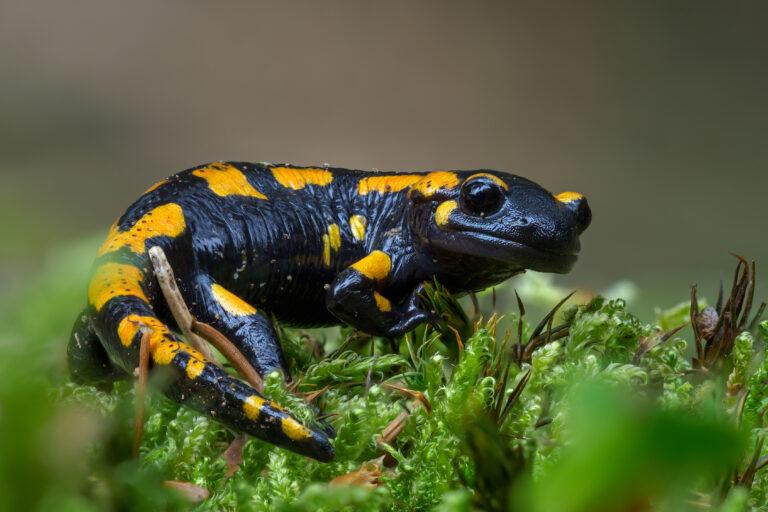Chytrid fungi, Batrachochytrium dendrobatidis (Bd) and Batrachochytrium salamandrivorans (Bsal), have led to drastic amphibian population declines. Bd disrupts skin function, causing chytridiomycosis, a fatal disease characterized by lethargy, homeostatic dysfunction, and skin ulcers. Bsal, first identified in European salamanders, is particularly lethal to species with limited immune defenses. Bd alone has contributed to the decline or extinction of over 500 amphibian species. Similarly, Ophidiomyces ophiodiicola, the causative agent of snake fungal disease (SFD), invades dermal tissues, leading to lesions, scabs, and systemic infections, exacerbated by environmental stressors such as habitat loss and pollution.
Fungal pathogens persist in the environment and spread through various mechanisms. Bd and Bsal form zoospores that survive in water and soil, enabling transmission across populations. Ophidiomyces spreads through direct contact with contaminated environments or infected individuals. The global trade of amphibians and reptiles further facilitates pathogen transmission, emphasizing the need for strict biosecurity measures .
The loss of amphibians and reptiles has cascading ecological effects. Amphibians regulate nutrient cycles and energy flow, while reptiles serve as keystone species influencing predator-prey dynamics and seed dispersal.
Addressing these threats requires early detection methods like environmental DNA and quantitative PCR for pathogen surveillance. Quarantine measures, pathogen screening, and habitat conservation are essential for mitigation. Maintaining optimal environmental conditions can reduce pathogen proliferation and bolster host immune responses. Ongoing research into fungal pathogen biology is vital for developing effective treatments, including antifungal agents and potential vaccines.
Fungal diseases pose a severe threat to amphibian and reptile biodiversity with significant ecological repercussions. A multifaceted approach combining surveillance, biosecurity, habitat protection, and continued research is crucial to mitigating these threats and preserving biodiversity for future generations.

